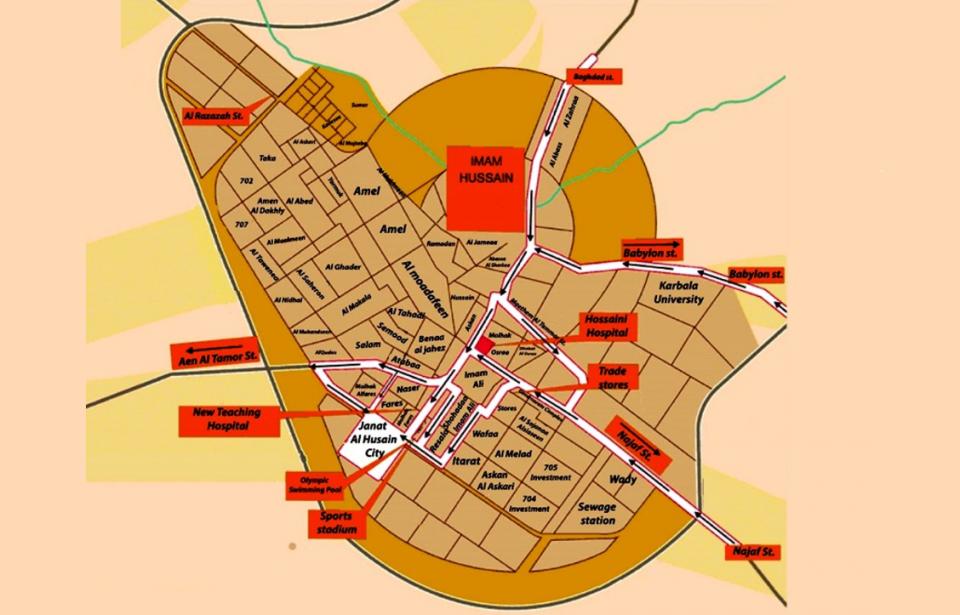In the present work, a set of indoor radon levels were measured carried out in different dwellings in Karbala city of Karbala governorate in the middle of Iraq.
According to the paper published on Researchgate.net, Radon concentrations were determined by using time-integrated passive radon dosimeters (closed and open) containing (CR 39) solid-state nuclear track detectors.
Measurements were carried out during the three months (November and December of 2015 and January of 2016). The results show that the radon concentrations varied from (32.21-139.01)Bq/m3 with an average value (62.07)Bq/m3, and(36.70-243.97)Bq/m3 with an average value(93.36)Bq/m3 for closed and open dosimeters respectively, which are less than the lower limit of the recommended range (200-300 Bq/m3) (ICRP, 2009).
The values of the indoor annual effective dose vary from(0.02-2.76)mS /y with an average value(0.68)mSv/y and (0.02-7.49)mSv/y with an average value(1.43)mSv/y for closed and open dosimeters respectively, which are less than the lower limit of the recommended range (3-10 mSv/y) (ICRP, 1993). The values of the equilibrium factor vary from (0.008-0.94) with an average value (0.18) which is less than the value adopted by the (UNSCEAR, 2000).

